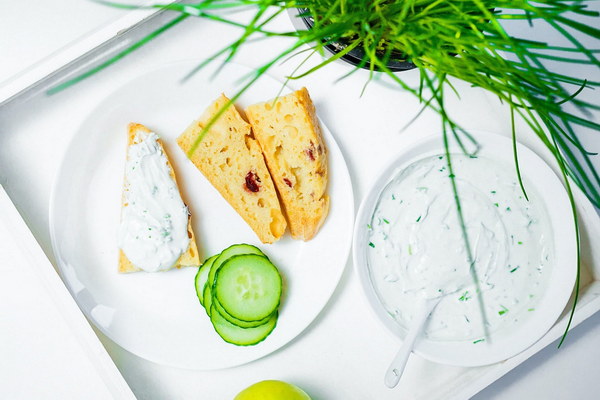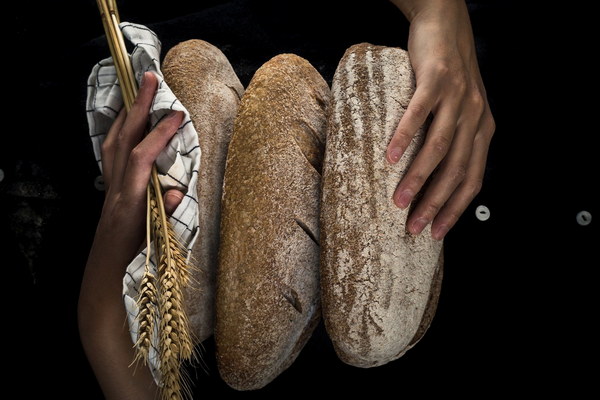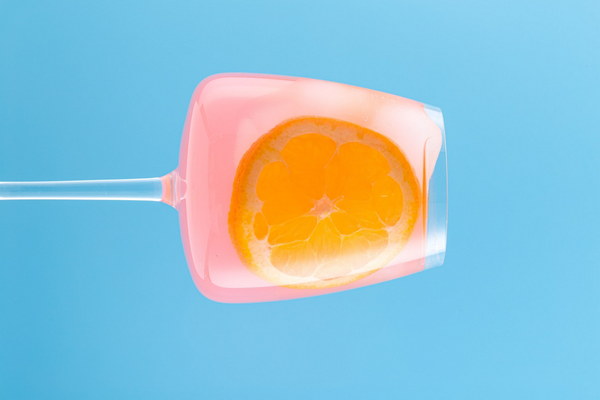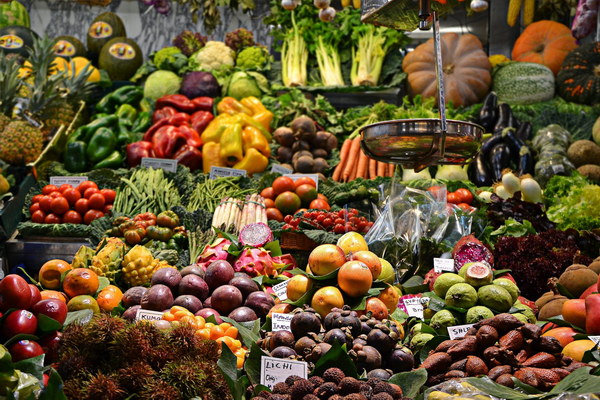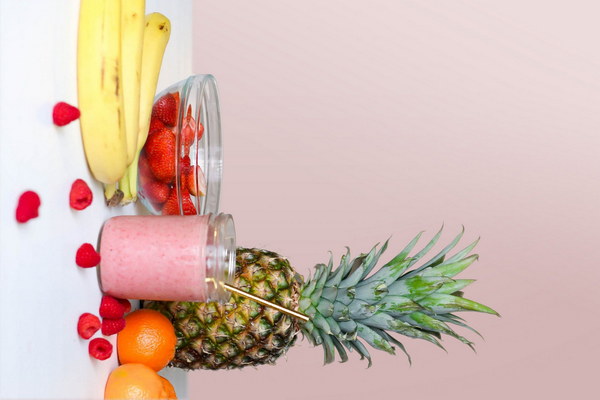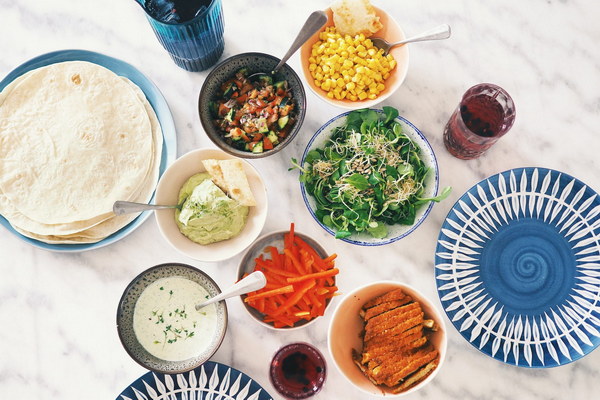Eating Right to Combat High LDL Cholesterol A Nutritional Guide
High levels of low-density lipoprotein (LDL) cholesterol, often referred to as bad cholesterol, are a significant risk factor for heart disease and stroke. While medication is sometimes necessary to manage high LDL cholesterol, dietary changes can also play a crucial role in lowering levels and improving overall heart health. This article provides a nutritional guide to help you eat right and combat high LDL cholesterol.
1. Focus on a Heart-Healthy Diet
A heart-healthy diet rich in fruits, vegetables, whole grains, lean proteins, and healthy fats is essential for lowering LDL cholesterol. Aim to include a variety of these foods in your daily meals to help manage your cholesterol levels.
2. Increase Soluble Fiber Intake
Soluble fiber helps to reduce LDL cholesterol by binding to cholesterol in the digestive system, preventing it from being absorbed into the bloodstream. Good sources of soluble fiber include:
- Oats, barley, and other whole grains
- Beans, peas, and lentils
- Fruits such as apples, pears, and berries
- Vegetables like carrots, Brussels sprouts, and okra
3. Choose Healthy Fats
Replace saturated and trans fats with healthy fats, such as monounsaturated and polyunsaturated fats. These fats can help lower LDL cholesterol and reduce the risk of heart disease. Healthy fat sources include:
- Avocados
- Nuts and seeds (walnuts, almonds, flaxseeds, chia seeds)
- Olive oil
- Fish (salmon, mackerel, sardines, and trout)
4. Consume Omega-3 Fatty Acids
Omega-3 fatty acids, found in certain types of fish and some plant-based foods, have been shown to lower LDL cholesterol and reduce the risk of heart disease. Aim to include these foods in your diet:
- Fatty fish: salmon, mackerel, sardines, and trout
- Flaxseeds, chia seeds, and walnuts
- Plant-based omega-3 supplements (check with your healthcare provider before taking supplements)
5. Limit Saturated and Trans Fats
Saturated and trans fats can raise LDL cholesterol levels. Limit your intake of these fats by avoiding or reducing the following foods:
- Red meat
- Full-fat dairy products (milk, cheese, butter)

- Processed meats (bacon, sausage, hot dogs)
- Fried foods
- Margarine and other spreads (choose trans-fat-free versions)
6. Control Portion Sizes
Maintaining a healthy weight can help lower LDL cholesterol levels. Be mindful of portion sizes to avoid overeating and contribute to weight management.
7. Stay Hydrated
Drinking plenty of water can help maintain healthy cholesterol levels. Aim to drink at least 8 cups of water per day.
8. Incorporate Regular Physical Activity
Regular physical activity can help lower LDL cholesterol levels and improve heart health. Aim for at least 150 minutes of moderate-intensity aerobic exercise or 75 minutes of vigorous-intensity exercise per week, along with strength training exercises twice a week.
9. Limit Alcohol Consumption
Excessive alcohol intake can raise triglycerides and contribute to high LDL cholesterol levels. Limit your alcohol consumption to moderate amounts, if you choose to drink.
10. Consult with a Healthcare Professional
If you have high LDL cholesterol, it is essential to work with a healthcare professional to develop an individualized plan. They can provide guidance on diet, medication, and lifestyle changes to help manage your cholesterol levels effectively.
By following these nutritional guidelines and making healthy food choices, you can take an active role in managing your high LDL cholesterol and reducing your risk of heart disease and stroke. Remember that diet is just one component of a comprehensive approach to heart health, so be sure to work with your healthcare team to create a plan that is right for you.

